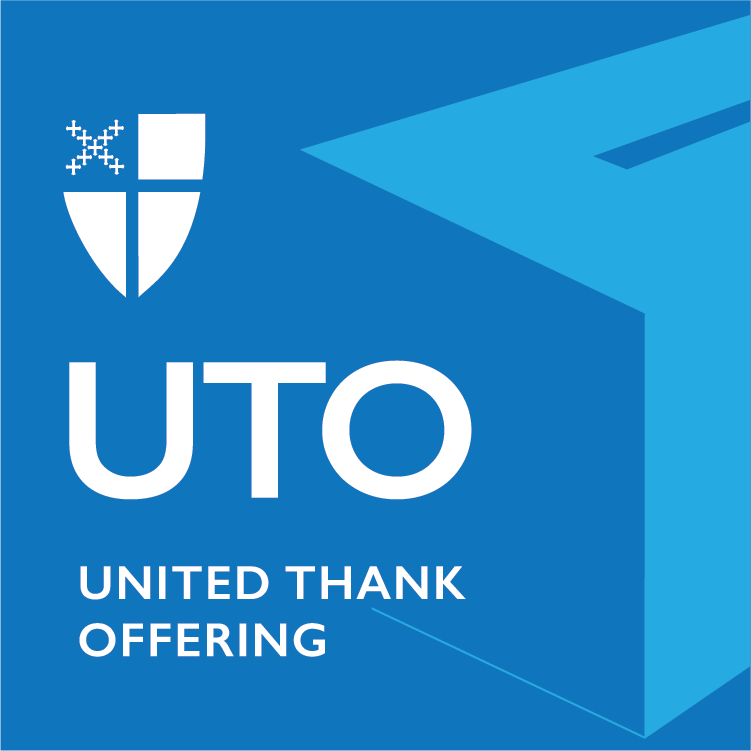The overarching purpose of our UTO grant was to gather people from a wide and diverse cross-section of the larger community to help “jump-start” the three-year Land Use and 10-year Forestry Plans. We originally planned to have two half-time coordinators for six months: one for the gardens at Rock Point and another just for volunteers. Instead, we unexpectedly found one person who was qualified and able to serve in both positions, so we combined them, with the coordinator working part-time for some months and full-time for others.
In this “big picture” plan, we certainly succeeded! Instead of a handful of volunteers, primarily from a few local Episcopal parishes, we attracted 67 volunteers from 18 different sources, and the coordinator created an Excel database with their contact information. To the local parish sources, she added a whopping 25 volunteers who were graduate students from the University of Vermont, another 10 from Volunteer Match, and five from the United Way. Eleven other organizations yielded one or two volunteers each, and they ranged from high school students to a medical student to a developmentally disabled client from a mental health center and his caseworker.
Our original eight objectives included removing invasive plants such as buckthorn, Japanese holly, and poison ivy; pruning the fruit trees; improving the trails with new boardwalks to protect wetland areas and implementing policies to prevent erosion and safeguard rare plants; gardening that reaches out to the hungry and involves people who are economically challenged; maintaining and creating signs for the area’s boundaries; and enhancing specific habitat for the American woodcock bird. Three of these objectives were accomplished and then some. Boardwalks were created. The policies were started for the protection of trails and rare plants. And gardening that reached out to the hungry was even more successful than the year before. The other objectives weren’t accomplished – mainly because both the Forestry Management and Land Use Plans tend to produce results that are unanticipated when targets are formed, and that lead into a totally different direction than expected. We’ll cover the three successfully accomplished objectives first, and then discuss what grew out of the plans that changed the others.
Gardening that reaches out to the hungry – and what grew out of it
The Partners’ Pantry, which preserved and donated 331 pounds of organic vegetables and fruits in 2016 (its first year) to the Chittenden Emergency Food Shelf, had far more volunteers and food sources in 2017 and donated 463 pounds of food – almost a 40 percent increase! The coordinator spent over 20 hours a week for three months (mid-July to mid-October) doing just that – coordinating the recruiting, scheduling, and working with volunteer growers, harvesters, suppliers, Food Shelf staff, beekeepers, etc. She greatly expanded Rock Point’s visibility and network for this ministry.
In the process of coordinating the Gardening Team for the Land Use Plan, other, previously unplanned projects came into being. The creation of an outdoor kitchen/classroom and cob oven grew from a collaboration with the University of Vermont’s Rubenstein School of Environment and Natural Resources. Work toward a grant from the Chittenden County Solid Waste District led to the garden becoming a demonstration project site for composting with the grant awarded. The idea of turning the wasted, weed and invasive plant infested field under Rock Point’s solar tracker array into a pollinator meadow and demonstration garden led to the writing of a proposal for a Caring for Creation grant. In all of this, we developed plans for two garden-specific volunteer groups: Pollinator Docents and Orchard Stewards.
Trails, boardwalks, conservation – and what the Forestry Plan has evolved into…
Both the Land Use and Forestry Plans address trails, Rock Point’s rare plants, and invasive plants. The Land Use Team for this area drafted policies for trails usage, which have since been adopted by the Board and will be temporarily posted this summer while a smaller signage team works on a unified signage design for all of Rock Point. Buckthorn pullers have been purchased, and our property manager is currently purchasing protective clothing for volunteers pulling poison ivy. We have been working all year to complete a 20-acre conservation easement with the City of Burlington’s Parks, Recreation and Waterfront Department and the Lake Champlain Land Trust. The former will manage the trails and a joint management plan (written with Rock Point) for that part of the property. Boardwalks to replace the rotten planks somewhat covering a very wet area have already been constructed. Out of writing a forestry management timeline, our coordinator also developed plans for another forest-specific volunteer group – Trail Stewards. We are currently waiting for a response to a grant we’ve written for that program.
On the advice of our coordinator, we’ve resurrected a nonprofit, Friends of Rock Point, to serve as a recipient of volunteers, donations, etc., for people, institutions, and foundations wanting to support Rock Point but unable or unwilling to do so through a church-connected or religious organizational structure. A great deal of the groundwork for projects and plans now underway was done by our coordinator. Her work positioned us well to complete all these and move both the Land Use and Forestry Plans forward. I would say from my experience that, once again, the UTO has served the purpose of seeding something that becomes able to take off in the direction it is meant to go!
